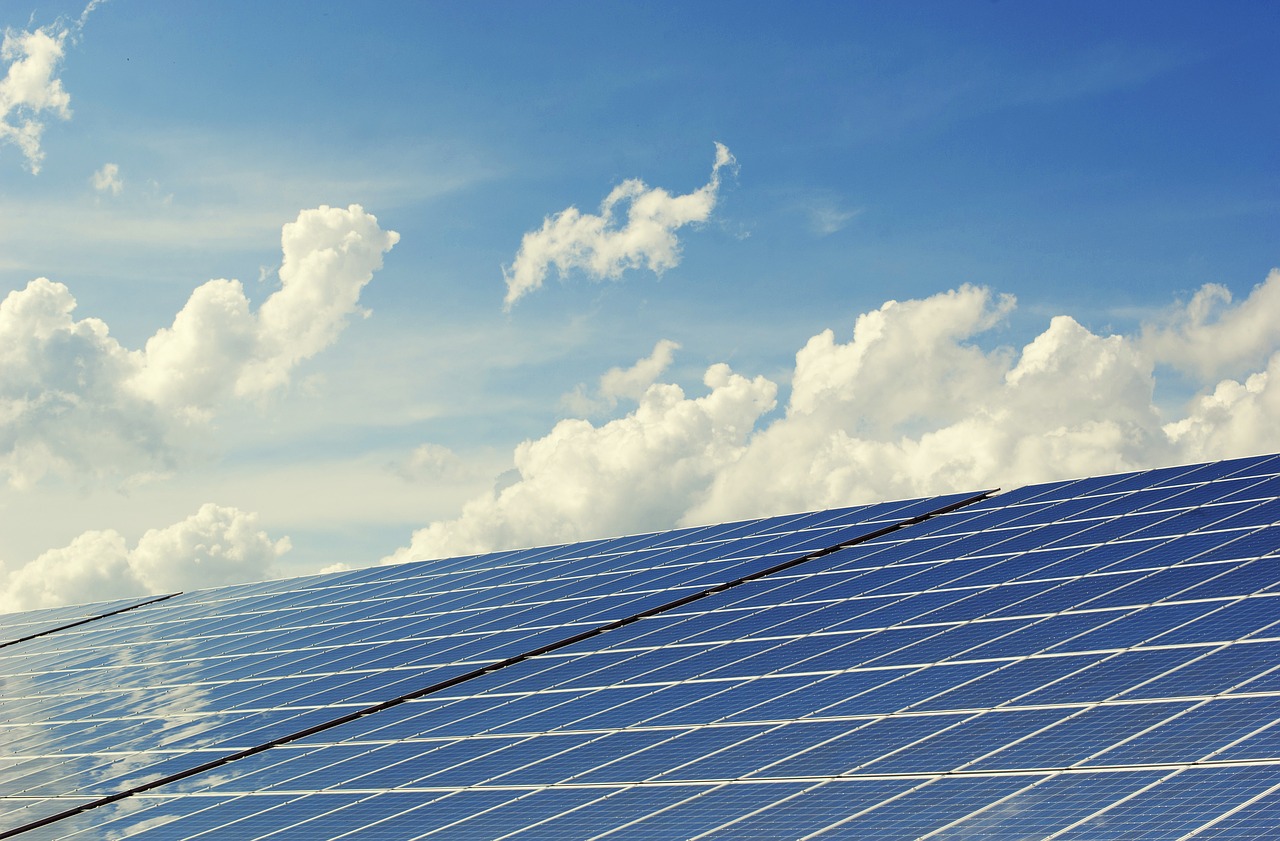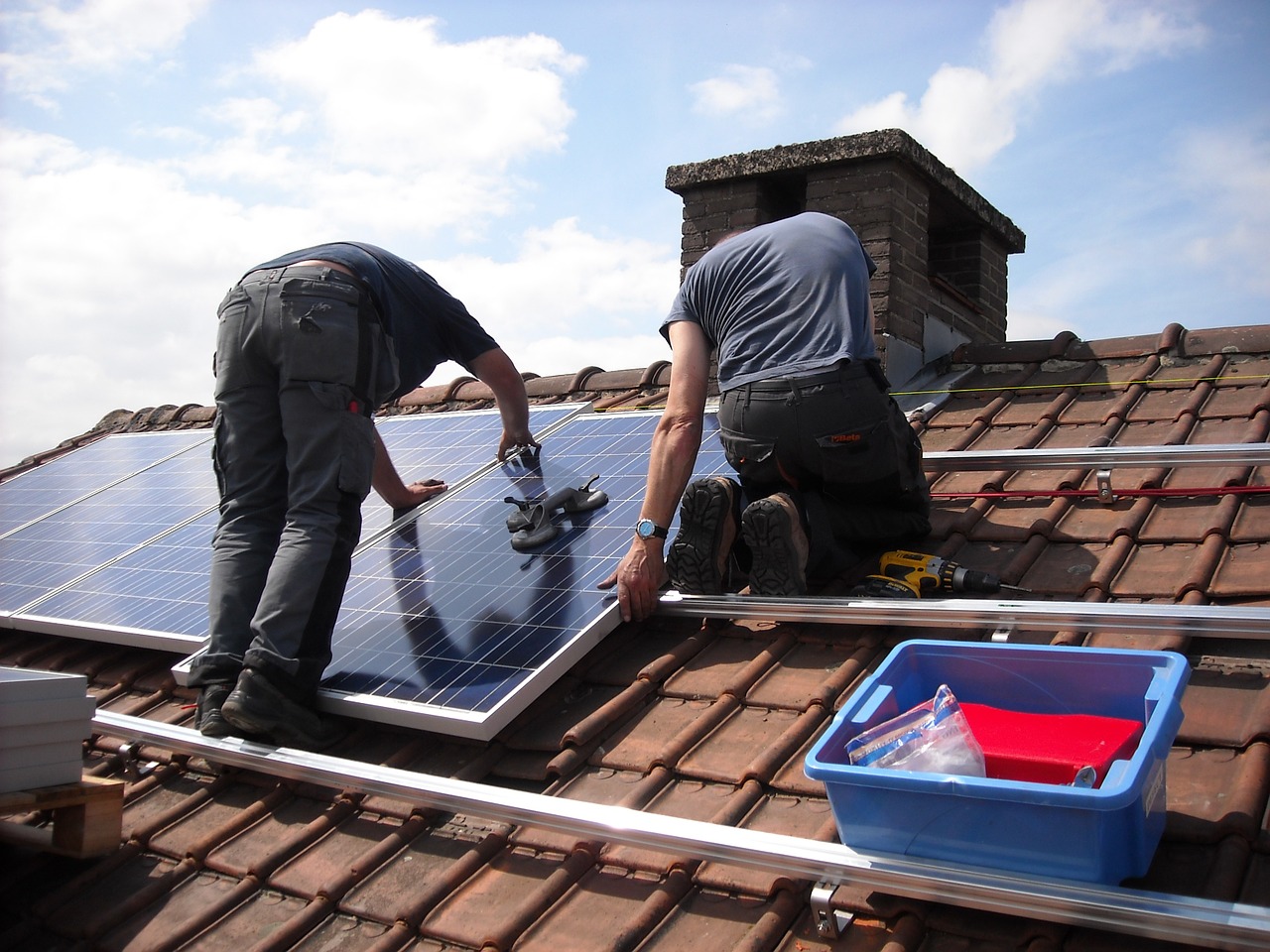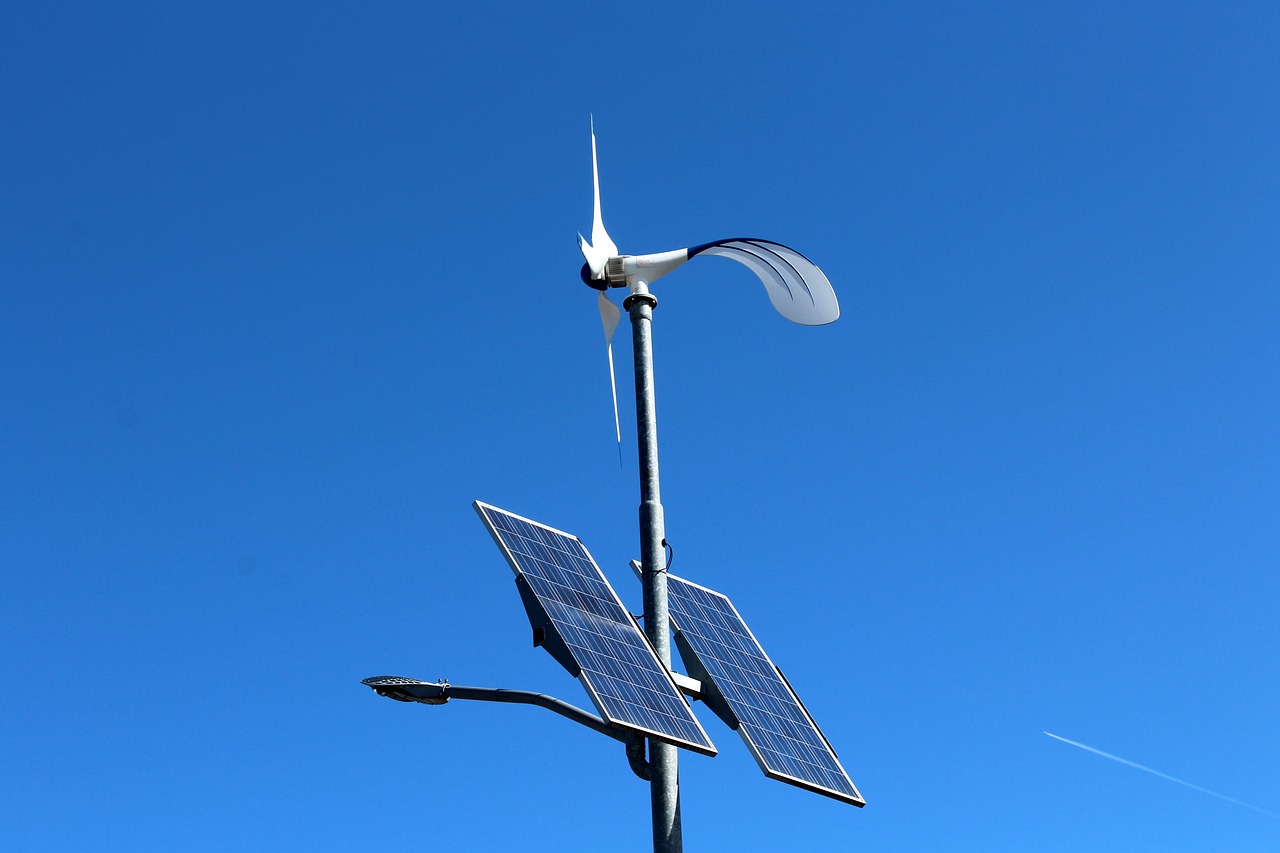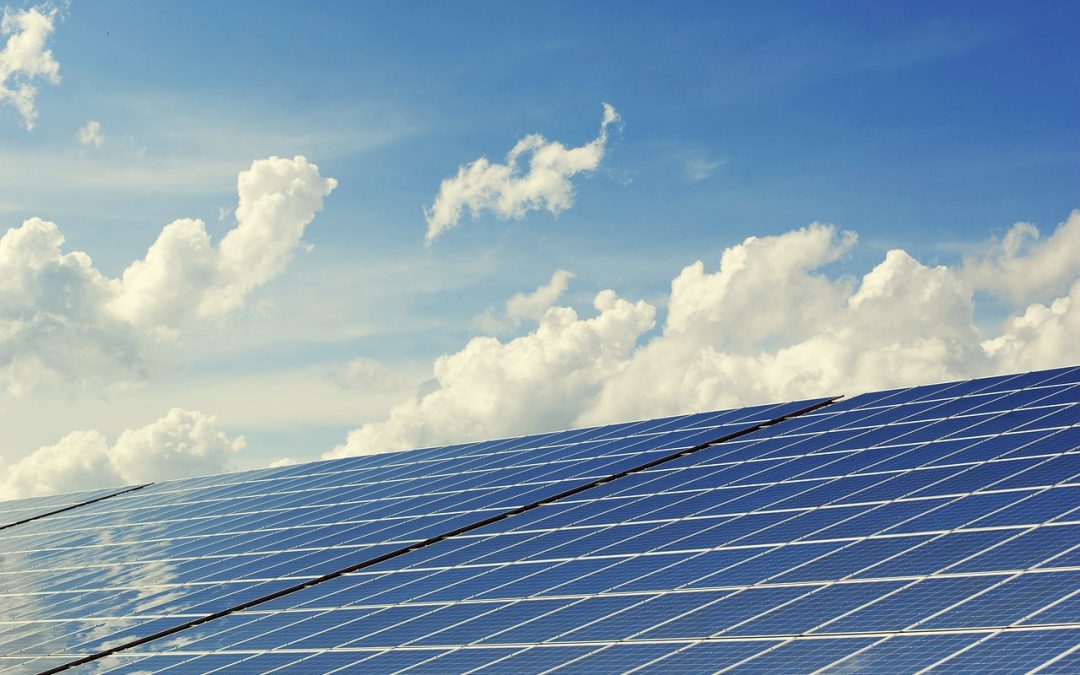The rising energy cost is one of the most concerning issues we are facing today. Electricity derived from fossil fuels has depleted our planet’s energy resources. Fortunately, technological advancements have made it possible to harness resources from natural, renewable sources, such as solar energy.
Solar panels are used to gather the sun’s essentially limitless energy supply. As a result, solar energy is both environmentally friendly and cost-effective. Photovoltaic solar cells employ the photovoltaic effect, which happens when sunlight is transformed directly into energy to generate electricity.

When designing a solar energy system, two options are generally available for harvested solar energy:
Option 1) solar energy is used to meet residential energy requirements, with any excess energy being fed into the grid.
Option 2) solar energy is used to power the home’s energy requirements, with any excess energy will be used to recharge a battery.
This article analyzes the many advantages and disadvantages of each option and tries to provide you with the knowledge necessary to determine which solution is the best fit for your needs.
Pros for Feeding Excess Electricity Into The Grid
When the sun is shining, a grid-connected system enables you to power your home with clean energy. Any surplus energy you generate is routed back into the grid. Then, at night or during cloudy days, electricity will be provided by the main electrical grid, removing the need for expensive batteries.
The excess electricity generated by a grid-connected photovoltaic system can be fed back into the grid through net metering, an arrangement in which your electricity meter is fed into the grid. You’ll need to get in touch with your electricity supplier to determine their exact grid-connection requirements.
There are numerous considerations on why this might be the preferred option for you. Here are some below
-
Cheaper installation costs
Your photovoltaic system is connected to your local utility’s GRID in an on-grid setup. This means the setup and installation costs are lower overall since there are no batteries needed for backup power.

-
Make Passive Income
Net metering is the most cost-effective and convenient option. Many cities will compensate homes for supplying solar energy to the grid, either in consumption credits or in the form of monetary compensation. You are provided with a bi-directional meter to keep track of the electricity you draw from the grid and the extra electricity you return to the grid through your system. Because net metering regulations differ from one location to another, you must research what the regulations are in your specific area.
Pros For Feeding Excess Solar Energy Into A Battery?
The majority of off-grid solar systems are designed to create additional electricity during the day, which is then directed to batteries for storage. When the solar system is not producing energy, such as at night or in cloudy weather, excess energy in the batteries can be used in your home to power your household electrical appliances.
There are many reasons why this may be the best option for you, and we’ve listed some of them.
-
Difficult Access To the Electricity Grid
Your photovoltaic system does not require any external electricity grid. So even if your home is in a remote location that has difficult access to the electricity grid, your solar system will still provide you with electricity using the solar panel and batteries. If you live in an area with low sunlight hours during the winter, you can also consider alternative sources to supplement solar input.

-
Backup power when the grid goes down
Because of the batteries in your solar system, it can continue to operate even if there is a severe storm or other events that cause the power to go out. In contrast, grid-connected systems rely on external electric power as a backup source. Batteries are particularly beneficial in locations that are frequently subjected to power blackouts.
-
Become energy self-sufficient
The ability to store extra energy in batteries allows you to become completely self-sufficient and your household to run entirely on renewable energy. In addition, if your PV system is not connected to the power grid, you will not receive electricity bills.
Hybrid Systems
If you are still unsure what system to use, consider a hybrid PV system. Solar energy systems connected to the grid but have a battery bank are known as hybrid systems. Hybrids are the most versatile systems. They can keep the electricity on during power outages and can provide ample power even when there are days or weeks of overcast days. However, they are the most expensive to install because of the additional expense of battery storage and other equipment.
Contact Your Local Electrical Company
Now that we’ve discussed some of the pros and cons of the two solar system setups you now have a basic understanding of which setup would be most suitable for your family’s needs. Differences in local regulations and costs for installation, repair, and solar system servicing means it’s also a good idea to contact your local energy provider and solar electrical company to obtain an accurate estimate of your total costs.

Meet the Author
My name is Robert, I am a licensed electrician in Toowoomba, Australia. I run a team of qualified electricians with a real interest in growing my business through giving our clients great experiences that will enable our team to be known in the business for quality workmanship, affordable prices and a great work ethic. I also am passionate about creating a greener future through helping people be smarter about their energy consumption and their carbon footprint.


